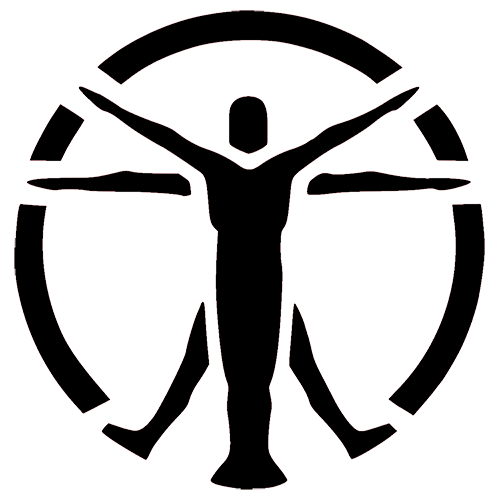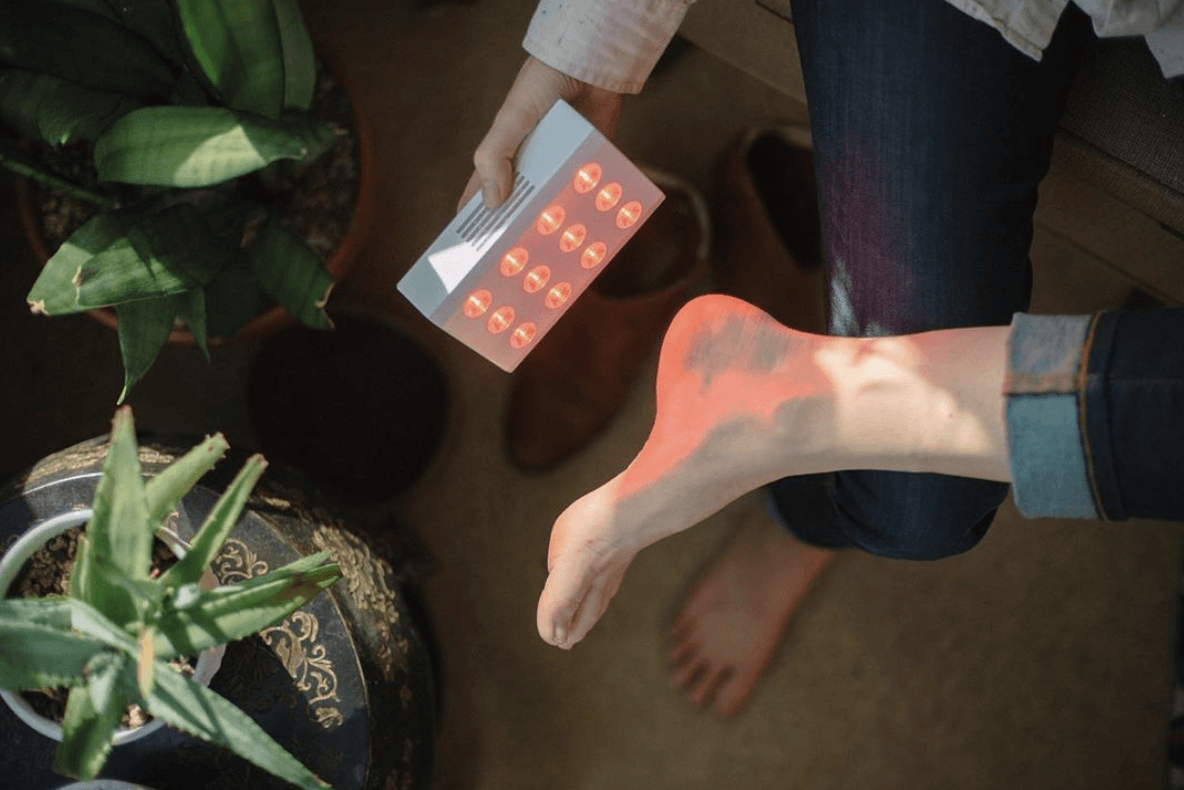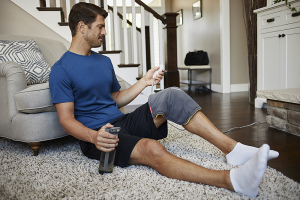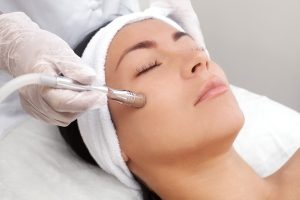The human body is a very complex system, and the processes taking place in it are sometimes difficult to understand. Especially when it comes to the functions and work of the nervous system — the brain and spinal cord, nerve plexuses, and individual nerves.
We don’t think about it, but this system governs such processes as coordination of movements, physical and emotional reactions, heartbeat, and digestion. Even the feeling of cold and warmth, the feeling of hunger, and satiety depend on the transmission of impulses using nerve fibers. They also take part in every movement of the body.
However, with neuropathy, the damaged nerve cannot perform its functions — to transmit nerve impulses. In simple terms, organs and limbs lose contact with the brain and spinal cord, causing disturbances in the body.
Although treatment often involves taking pills, home remedies without medication, such as red and infrared light therapy, can also help relieve symptoms of neuropathy.
In this article, we will look at a condition called neuropathy, its features, treatment with red and infrared therapy, supported by many scientific studies, and present the devices that are available for home light therapy.
DPL Slipper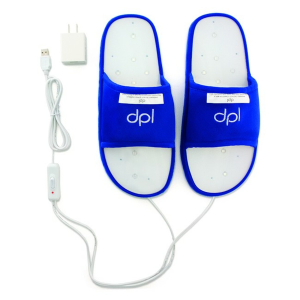 Best for foot neuropathy Best for foot neuropathy | Extremely easy to use and effective at the same time — just sink in these slippers and do your things, the slippers will relieve pain in your foot. |
DPL Flex Pad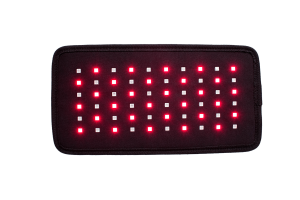 Best for multipurpose use | With this device, you will be able to treat neuropathy in such areas as feet, neck, shoulders, and back. In addition, it can be used hands-free — just secure on the area with a velcro strap (included in the kit). |
DPL Flex Mitt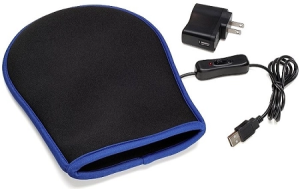 Best for hands neuropathy | Option for those who suffer from neuropathy in hands that will release the pain just within 20 minutes of use per day! |
Hooga light therapy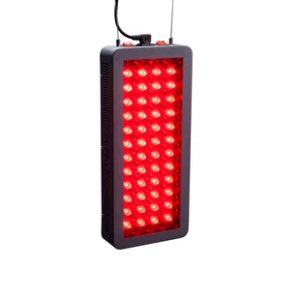 The most powerful device | With this device, you will relieve the pain 2 times quicker than with others and will manage to restore the sensitivity after neuropathy. |
Nuve light therapy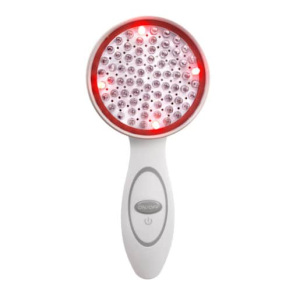 The most portable device | Lightweight option for those who need a device to treat neuropathy when traveling, at an office, or at any other place outside of the house. |
How does light therapy help neuropathy?
Light therapy is one of the fastest-growing new treatments for peripheral neuropathy. Red and infrared light therapy are effective because of their ability to penetrate deeply into the skin without damaging it. Red light therapy machines penetrate 2-7 centimeters into the inner layers of the skin using red and infrared light to effectively target muscles, nerves, and bones. Wavelengths from 600 to 1000 nanometers are ideal for the treatment of inflammatory processes, in particular neuropathy.

After penetrating the skin, red and infrared light is absorbed by photoreceptors in the cells of our body. This creates a series of metabolic events and natural processes within cells.
The key to the relief that brings is nitric oxide.
Nitric oxide is a short-lived gas that is critical to arterial health. This powerful signaling molecule relaxes nerves, regulates blood pressure, fights free radicals, and prevents platelets from clumping together.
Infrared light therapy triggers the release of nitric oxide, which increases blood flow, delivers oxygenated nutrients and pain relievers to your tissues and nerves.
Top 5 light therapy devices for neuropathy treatment
Red and infrared light therapy are some of the fastest-growing new treatments for neuropathy. You can use it to treat and repair nerve damage at home — whenever you need it.
Below are the best devices to help you with your treatment.
reVive light therapy
ReVive Light Therapy Clinical Treatment Systems is a portable infrared light therapy method for pain relief from the comfort of your home.
The company introduces the following devices for the treatment of neuropathy:
DPL Slipper
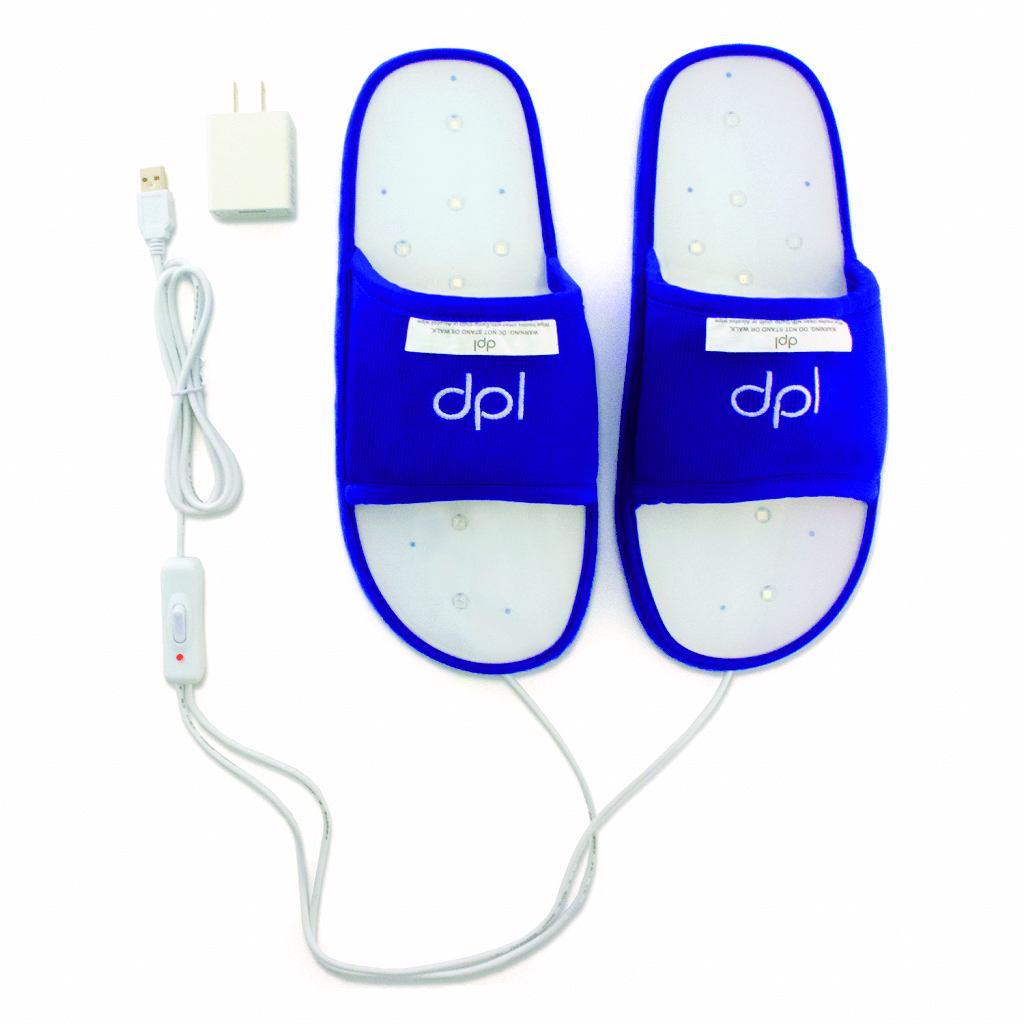
The DPL foot pain relief slippers use medical-grade red and infrared LEDs. 880nm infrared radiation penetrates deep into muscles to heal cells, remove toxins and improve blood circulation, promoting better healing and pain relief.
LEDs are -approved and completely safe to use without any side effects.
The recommended treatment time is 14-25 minutes.
DPL Flex Pad
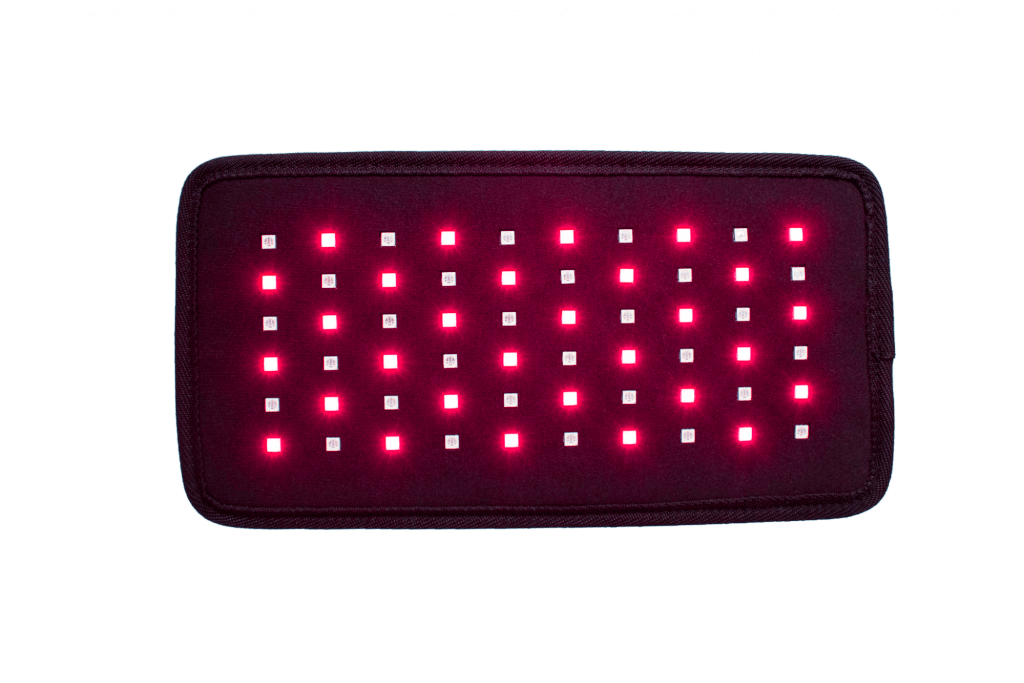
The DPL Flex Pad is a flexible, pad-like device with therapeutic infrared light that penetrates deep into painful muscles. This easy-to-use therapy system uses DPL (Deep Penetrating Light) technology. It provides relief from soreness, stiffness, and pain by improving circulation and relaxing stiff muscles, which is great for neuropathy.
The area contains 60 lights, which include LEDs in the infrared (880 nm) and red (660 nm) spectrum.
DPL Flex Pad is FDA-approved, easy, and safe to use. The advantage of this device is that it can be used hands-free. It can be easily secured using the velcro strap included in the kit.
The recommended treatment time is 20 minutes, and the portable battery pack will last for 30 minutes. The device can be used several times a day based on your needs.
DPL Flex Mitt

The Flex Mitt pain relief system relaxes muscles and improves circulation. This device is suitable for relieving pain and stiffness in arthritis and neuropathy, nerve injuries, carpal tunnel syndrome, repetitive stress injuries, and pain and sprains in the arms.
Flex Mitt is a therapeutic arm device that delivers red (660 nm) and near-infrared (880 nm) light energy deep into the tissue of the arm. The device is 10″ long by 7″ wide, making it suitable for all hand sizes and safe for all skin types.
The recommended treatment time is 20 minutes and the mitt can be used several times a day (just let it cool between uses).
Hooga light therapy

If you are looking for the strongest results, there is no better option than Hooga.
Hooga is medical red (660 nm) and near-infrared (850 nm) device designed to provide affordable and effective light therapy in the comfort of your home. With the help of the device, it is possible to relieve pain, as well as restore the sensitivity of parts of the body, which is a priority task in neuropathy.
Their panels come in a variety of sizes ranging from 14 LEDs to 300 LEDs. The devices are not as compact, but where portability is lacking, they compensate for power. If other less powerful devices take about 20 minutes per session, you can do the same with that device in less than half the time.
Nuve light therapy

According to the manufacturer, this is the same device that doctors and professional athletes use.
Nuve has 4 red LEDs (660 nm) and 56 infrared LEDs (880 nm). It provides targeted treatments to reduce inflammation, soothe inflamed nerves and promote nerve tissue regeneration. Infrared and red light therapy penetrates deeply and has been clinically proven to safely stimulate blood circulation, relax muscles and provide rapid pain relief.
This device is portable, unlike the Hooga light therapy panel. This means it can be convenient to take with you on your travels, but keep in mind that with a small surface area of light, it takes a little patience to get the results you want. It is also worth noting that when using, the device must be connected to the network, it does not have its battery.
The treatment time is 15-20 minutes and can be used several times a day.
The effectiveness of light therapy in treating neuropathy based on clinical trials
Neuropathic pain can be defined as pain caused by damage to the central or peripheral nervous system. Low-level laser therapy (LLLT) has become widespread as a treatment for this type of pain.
The following studies provide evidence of the efficacy of light therapy in neuropathy.
A large-scale study [1] was involving 2239 patients with established peripheral neuropathy (PN). They had neuropathic pain and loss of sensation on each leg. The patients were treated with infrared light therapy for 60 days. As a result of treatment, the number of areas of numbness on both feet decreased on average by 66%, pain decreased by 67%.
Thus, light therapy is associated with a significant clinical improvement in foot sensitivity and, at the same time, with a decrease in neuropathic pain in a large group of patients.
The next study [2] included 40 patients with painful diabetic peripheral neuropathy, which is associated with pain, systemic inflammation, and a deterioration in overall quality of life. The patients were divided into two groups: the first — light therapy treatment, the second — simulated light therapy. After a 12-week intervention period, pain levels were significantly reduced in the light therapy group, although some results were noted in the simulator group. The serum index also decreased, which once again emphasizes the effectiveness of this type of treatment.

This study [3] was involving 70 patients with chemotherapy-induced peripheral neuropathy (CIPN) following cancer cure. Treatment consisted of 30-minute sessions 3 times a week for 6 weeks using a light therapy device or sham therapy. The treatment was carried out in the lumbar region and lower limb. As a result, the patients treated with the sham did not experience significant changes in performance, in contrast to the group using light therapy, who improved their condition at the end of the treatment: reduced pain and increased sensitivity of the body.
The last study [4] included 41 patients, including 18 men and 23 women. Of these, 10 (24.39%) had type 1 diabetes mellitus, and 31 (75.61%) had type 2. In both groups, this disease was accompanied by pain and lack of sensitivity, which is characteristic of neuropathy. The random assignment put 21 patients in the light therapy group and 20 in the fictitious radiation group. As a result, all participants in the light therapy group showed a decrease in pain, increased sensitivity of the feet as early as 4 weeks compared to baseline.
What is neuropathy?
The work of the organs and systems of our body is regulated by nerve impulses — signals emanating from the brain. “Outgoing” and “incoming” impulses are transmitted along the nerves as if by wires. Damage to the nerves disrupts this connection and can cause serious disruption to the body. Indeed, together with the violation of nerve transmission in the affected area, there is a deterioration in cellular nutrition and blood supply.
Neuropathy manifests itself as follows: a person complains of a tingling sensation in the area of the affected nerve, numbness, impaired sensitivity of a particular zone, decreased mobility in the limb (for example, weakness when clenching a fist).
All this is since when the nerves are damaged, the nutrition of the muscle tissue is disrupted and its functions are limited — the muscle loses its ability to contract normally. Against the background of a decrease in the ability of the nerve to transmit impulses, the sensitivity of the affected area decreases, and the symptoms listed above appear.

Risk factors for neuropathy
The most common cause of neuropathy is diabetes mellitus. With it, just as with intoxication or injury, various nerves are affected.
- With peripheral neuropathy, the nerves that are responsible for transmitting impulses in the limbs are affected, so there is a feeling of numbness in the fingers or toes, and their sensitivity is impaired, including to pain.
- With proximal neuropathy, similar symptoms occur in the thighs, buttocks, and legs.
- With autonomic neuropathy, the functions of internal organs are disrupted, the digestive, excretory, and genitourinary systems suffer.
Among the toxic substances that cause neuropathy are alcohol, some medicines, arsenic.
In toxic neuropathy, the nerves of the extremities are mainly affected. This form of neuropathy can be asymptomatic: for example, with alcoholism, neuropathy is diagnosed in almost everyone, but only a few have complaints.
Traumatic neuropathy is a consequence of compression of the nerves after fractures, improper scar formation, and nerve injury by a neoplasm.
Because neuropathy interferes with daily activities, patients often seek an easy-to-use home device that can relieve their pain and general condition without side effects. Light therapy satisfies this need.
Summary
Neuropathy is a generic term for diseases that cause problems with the peripheral nervous system. That is, we are talking about pathologies in which the nerves extending from the brain and spinal cord are affected and provide communication of all organs and systems, as well as the transmission of signals from the brain and spinal cord to the limbs, organs, receptors.
Light therapy is one of the fastest-growing new treatments for peripheral neuropathy. Through red and infrared light and their ability to penetrate deeply into the skin, the therapy enhances blood flow, delivers oxygen nutrients and pain relievers to tissues and nerves.
When choosing home red and infrared light therapy machines, you will need to find what works best for the way you plan to use them. Small handheld devices are ideal for those on the go. Larger devices with more light will work better if you have time to sit and relax during your home therapy sessions.
FAQ:
🔍 What are the best devices for treating neuropathy?
Depending on the area of nerve damage, as well as our preferences, we have identified 5 devices:
– DPL Flex Pad;
– DPL Slipper;
– DPL Flex Mitt;
– Hooga light therapy;
– Nuve light therapy.
❓ Will my pain decrease?
Pain is often the first sign of improvement with light therapy, while functional improvements may take slightly longer. Although not every patient experiences pain relief, the vast majority notice it.
🤔 Will I need ongoing treatment?
Your doctor may recommend home exercises to help you continue to improve. They may also recommend continuing to use infrared light therapy at home for permanent pain relief and to maintain circulation.
⭕ Why is only half of the LEDs lit? Is my device broken?
The reason you can only see half of the LEDs illuminated is that near-infrared LEDs are outside the visible spectrum of light to the human eye. Thus, you will not be able to see the near-infrared lights when they are on.
Sources
- Lawrence B. Harkless, Salvatore DeLellis, Dale H. Carnegie, Thomas J. Burke. Improved foot sensitivity and pain reduction in patients with peripheral neuropathy after treatment with monochromatic infrared photo energy—MIRE. – Journal of Diabetes and its Complications 20(2):81-87. DOI: 10.1016/j.jdiacomp.2005.06.002
- Prasun Chatterjee, Achal K. Srivastava, Deepa A. Kumar, Avinash Chakravarty, Maroof A. Khan, Akash K. Ambashtha, Vijay Kumar, Luis De Taboada, Aparajit B. Dey. Effect of deep tissue laser therapy treatment on peripheral neuropathic pain in older adults with type 2 diabetes: a pilot randomized clinical trial. – BMC Geriatr. 2019 Aug 12;19(1):218. DOI: 10.1186/s12877-019-1237-5.
- Peter A. Argenta, Karla V. Ballman, Melissa A. Geller, Linda F. Carson, Rahel Ghebre, Sally A. Mullany, Deanna G. K. Teoh, Boris J. N. Winterhoff, Colleen L. Rivard, Britt K. Erickson. The effect of photobiomodulation on chemotherapy-induced peripheral neuropathy: A randomized, sham-controlled clinical trial. – Gynecol Oncol. 2017 Jan;144(1):159-166. DOI: 10.1016/j.ygyno.2016.11.013. E-pub 2016 Nov 22.
- Tarek A. Ammar. Monochromatic Infrared Photo Energy in Diabetic Peripheral Neuropathy. Volume 2012 |Article ID 484307.
